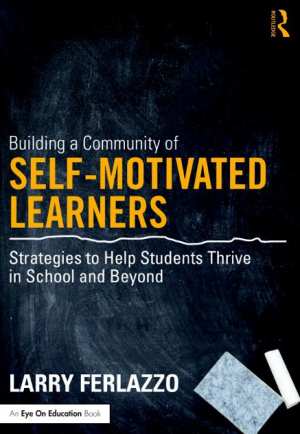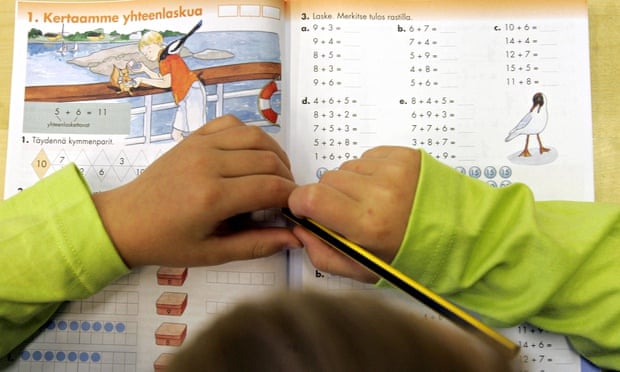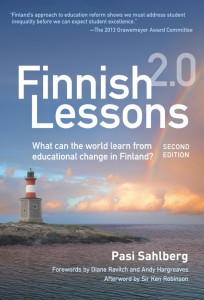When School Leaders Empower Teachers, Better Ideas Emerge
Teachers are increasingly being pushed into new roles as their ability to connect online opens up new opportunities. Educators are finding their own professional development, sharing lesson plans and teaching tips with colleagues around the world, and have often become ambassadors to the public on new approaches to teaching and learning. Easy access to information has empowered many educators to think and teach differently, but often those innovations remain isolated inside classrooms. Without a school leader who trusts his or her teachers, it is difficult to convert pockets of innovation into a school culture of empowered teachers.
One way of building that kind of unified school culture is through distributed leadership, the idea that no one person at the top of the hierarchy makes all the decisions that will affect the work lives of the adults in the building. Instead, the school principal or district superintendent empowers teachers and staff to run crucial aspects of a school, such as admissions, professional development and new teacher mentoring.
“Distributed leadership is not ‘I empower you to do exactly what I say,’ ” said Chris Lehmann, principal of Science Leadership Academy in an EduCon session about how to effectively distribute power. Often leaders believe they are distributing power, but they are actually just delegating. For teachers to buy into a system like this, which asks more of their time outside class, they must feel they are professionals trusted by leadership.
“Teachers have to really own what they are in charge of,” said Aaron Gerwer, intern principal at SLA. “They have to be invested in what they’re doing.” To get that investment, teachers have to know that support from leadership won’t be pulled away at the first bump or disagreement. There has to be space for different perspectives.
“It is a shared belief in the big ideas,” Lehmann said. “However, within the manifestation of the big ideas there’s a lot of room.” It’s the leader’s job to listen and include different viewpoints in a school’s vision statement, and once that structure is set it should guide every decision. If school staff are constantly re-examining core beliefs, there is no time to get good at anything. Through flexibility and distributed leadership, staff can work together to improve the teaching practices that help them reach those big goals.
When teachers are part of the decision-making process, it also makes it harder to complain. And while not everyone in a school is going to agree on how to approach every problem, if the process is consistent, individuals can trust that even when they don’t get their way it will be OK. However, it is just as important for a strong leader to recognize when certain difficult decisions must be made solo — like layoffs, for example. In a community like SLA, Lehmann has to take responsibility for that decision to preserve the working relationships of the rest of his staff.
HABITS OF MIND OF A DISTRIBUTED LEADER
Educators at EduCon had a lot of ideas about how leaders can gain the trust of their staff and genuinely hand over some decision-making power. Good leaders are out in the hallways and classrooms, staying connected to the real work in schools. Leaders model vulnerability, making it OK for their staff to admit a unit didn’t work as well as they’d planned or to ask for help supporting a difficult student. And, while many leaders want to be visible and timely, sometimes taking in information and reflecting before making a decision is the best course of action. Strong leaders try not to say “no” to ideas from teachers, but rather push them to refine their ideas until they are actionable.
“You have to be a planner and you have to be strategic,” Lehmann said. As with teaching, if a leader is constantly in crisis mode there won’t be the time and space to make the most strategic decisions or the strongest lessons. “Planning doesn’t mean having the answers,” Lehmann said. “It often means having the questions.” It also means anticipating the challenges and sticking with the hard work it takes to lead in this unconventional way.
IF IT’S SO HARD, WHY DO IT?
When done well, distributing leadership creates a community of people on the same page, working hard toward defined goals. And when teachers feel valued and trusted, they are more likely to trust and empower their students. “The way that SLA is led by Chris is the way that teachers teach,” said SLA teacher Tim Best. And when students are empowered to lead, they not only learn to trust their own capabilities — they also produce their best work.
Shifting school culture is not easy or quick. Often it is impossible to keep all the original staff and still make a culture change. “The people make the culture, so people are either going to come on board with you or you’ll have to coach them out,” Lehmann said. It takes careful and strategic scaffolding over a number of years (as many as seven) to shift and sustain a new school culture, he said.
Setting up the systems is the easy part. “The years it takes to get buy-in to make sure the change stays is the hard part,” Lehmann said. And ultimately, as with so many things in education, the success of a leader comes down to the strength of relationships.
“You can seek to control or you can seek to support, but very rarely can you do both,” Lehmann said. One underrated quality he says leaders need is the ability to say, “I’m sorry,” and mean it.














